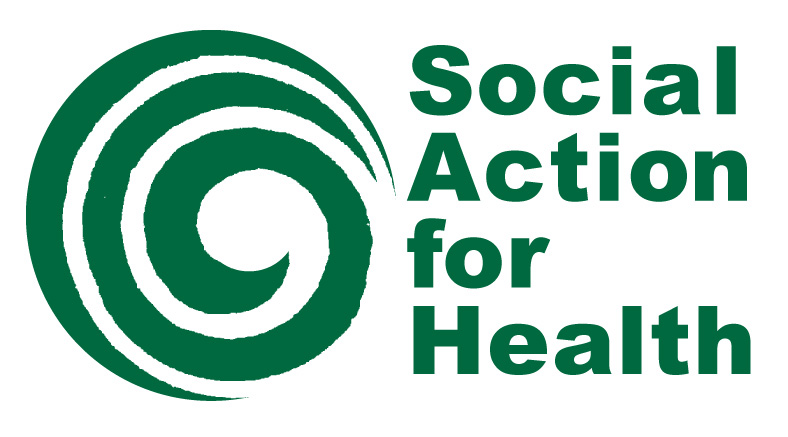"An eye-opening experience"
Samyat Kolawole tells us about her time on our work experience placement for young people, and some of the insights she gained through the experience.
My name is Samyat, and I recently completed my master’s in Global Public Health and Policy, where I learnt a lot about health inequalities and their impact on health outcomes. Studying in Tower Hamlets, which has high levels of socioeconomic deprivation, a crucial factor accounting for health inequalities, made me particularly interested in the experiences of the local community. I was enthused by the opportunity to participate in a work experience placement with Social Action for Health which enabled me to explore these interests further.
I worked on a project exploring how trust can impact how the community engage with health care services, providers, and health information through creative methods such as mapping. A community workshop session with a Somali women’s group was an eye-opening experience. During our discussion on what trust meant to the women, one woman mentioned that she trusts her family because they are “one body”, so any negative consequences flowing from a decision are shared and felt by all members of the family. This can be distinguished from decisions made by governments which may negatively impact the lives of people within a community, but not the members of the government.
The mapping activity provided important insights into how policymakers might best meet the needs of the local community. Inadequate communication between the government and the local community was cited as a key factor in how far the group of Somali women trusted and thus engaged with health services. Many women felt that having had an information session early in the COVID-19 pandemic would have given them a platform to discuss their concerns and receive crucial information that would have helped them navigate what was a very challenging time. Several women also emphasised the importance of removing barriers that limit how they can engage with health services, such as the lack of language interpreters in hospitals.
The second project that I worked on involved the photovoice methodology. Here, we took pictures that we felt represented our health priorities as young people. Numerous health priorities emerged, such as issues concerning menstrual health, violence against women, and poor mental health. One member of the group took pictures of graffiti drawings of sad faces around their local area, which stood out to me as a powerful way of conveying the prevalence of unhappiness among young people. Sharing and explaining our pictures and how they depicted our health priorities within the group evoked insightful discussions about these issues and how they affect our everyday lives, and I still consider the ideas that were raised to this day.
The work that we did on this placement was an important step in bringing about meaningful change and it was great to have taken part in this work.
By Samyat Kolawole

